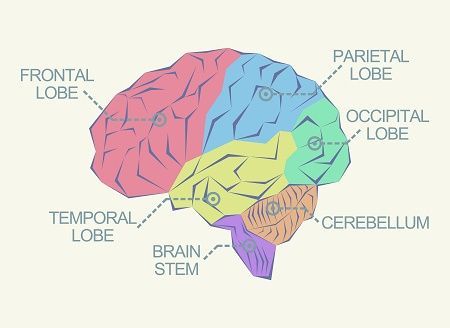Article
Seniors and Faulty Investment Decision Making: Science Makes an Impact
Author(s):
At least 5 million senior citizens fall victim to financial scams in the United States each year. Some are left penniless. New science shows one cause of these poor choices is a specific neurological deficit.
Faulty investment decisions occur in elders that appear normal, yet have a specific defect in the prefrontal cortex. These individuals are different than those with generalized dementia related to temporal lobe abnormalities. Now, science leads the way for the investment industry to begin to tackle this important issue.

At least 5 million senior citizens fall victim to financial scams in the United States each year. Some are left penniless. The causes are varied but one that jumps out is impaired financial decision making in some elders. This deficit is specific rather than global dementia. In other words, faulty financial decisions occur in the absence of frank neurological or psychiatric disease. I wrote about this in my previous column entitled, “Aging and Investment Decisions.”
Natalie Denburg, PhD, and colleagues did the initial research in this area and then followed up with structural studies to determine where the brain defect was located. Using sophisticated technological studies, they discovered it was in the prefrontal cortex. The temporal lobe, implicated in generalized dementia, was not the culprit. This research was summarized in another of my previous columns entitled, “Swindled Seniors: A specific brain abnormality may be the cause.”
Now, the race to save our seniors from fraud is taking a new twist and science is leading the way.
Denburg is bringing her insights to the investment community this fall. She is the keynote speaker at a Securities Industry and Financial Markets Association (SIFMA) meeting in New York City on Oct. 13. The conference is entitled “Senior Investor Forum: Serving the Needs of Our Aging Investors.” According to the information on its website, it “brings together advisors, regulators, compliance officers, attorneys, and academic experts to discuss the innovative practices in place to ensure our aging clients are properly protected against those seeking to part them from their hard-earned savings and rob them of their retirement security.”
To accomplish this, the conference is divided into two major sections. One is devoted to “Developing an Effective Internal Training Program.” The other is focused on “Communicating with Clients on Diminished Capacity Matters.” Both are complicated subjects and no doubt will require further investigation and attention. Nevertheless, the investment industry is beginning to take steps to attenuate a serious problem, and very importantly, advances in science initiated it.
For MoreReverse Mortgages: How Science Helps Protect SeniorsHow an Economist Changed Public Policy for the Better




